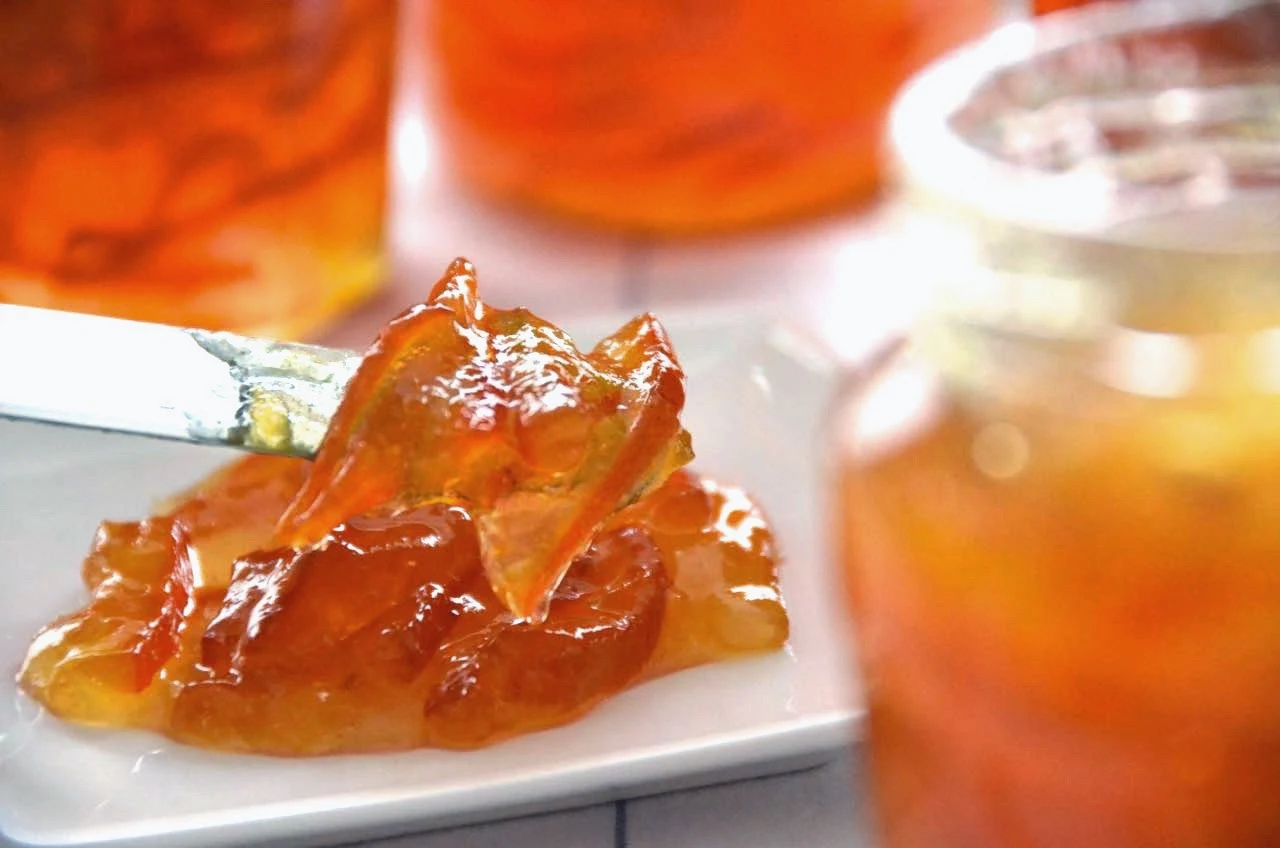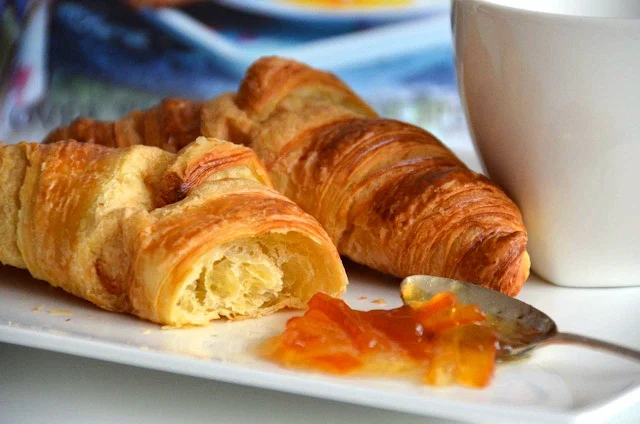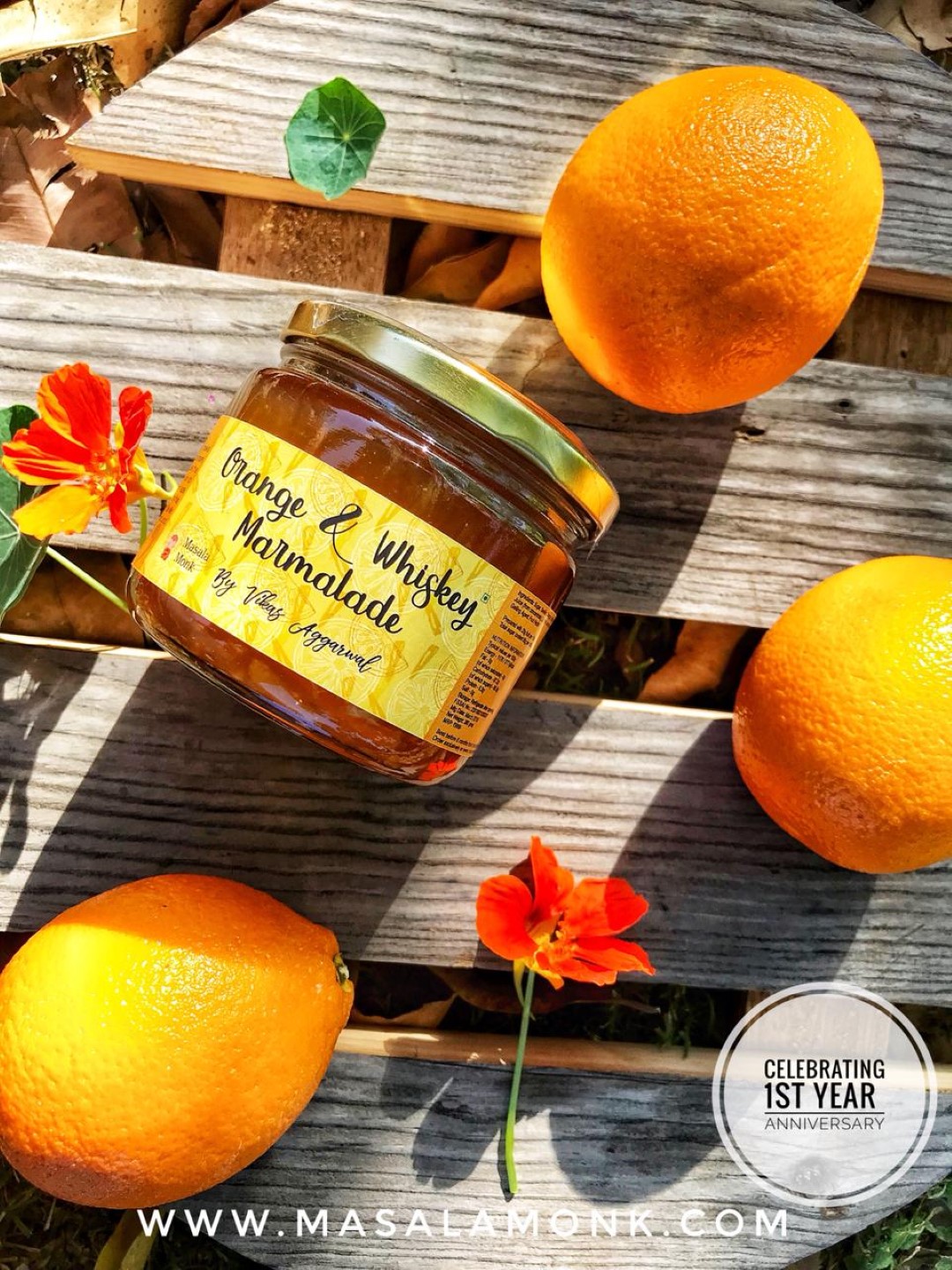It is true that the "full English breakfast" is still being served and consumed throughout the country, but this is relegated to hotels and sporadic weekend whims. The daily breakfast is much lighter and the bitter orange marmalade, on toasted bread, is the queen of its tables.

The first jams
To find the first jams produced in the world, you have to go back hundreds, thousands of years ago, when two crucial factors converge. On the one hand, man begins to look for ways to prevent the fruit from spoiling; on the other, sweeteners such as honey and sugar develop. The combination of both factors results in the development of jams, jams, jellies and compotes.
Since then the elaboration of the jam has undergone a remarkable evolution, without the traditional touch that characterizes the best ones has never been lost. As always, many nations claim food inventions that have changed the world. Fried potatoes and pasta are some disputed examples among Belgians, French, Italians and Chinese. Jam is no exception. The English, so proud of their jam culture, like to tell that they invented it.
The origins of the jam can be traced to ancient Greece, where its inhabitants made melimelon, a mixture of honey and apples. Most sources suggest that the term jam come from sailors who used oranges to treat scurvy, which they called mal-malade. Other etymological studies place the word jam rather from the Latin melimelum, sweet apple or Portuguese marmelo.
It is said that sugar was first used in Asia and that it was the Arabs who introduced it to Europe. What is more than certain is that its preparation is related to the property that sugar has to preserve food, especially fruit. No additives or preservatives are necessary so that a jam, which is a fruit cooked in sugar, is perfectly preserved for a long time.
In addition to the taste, proper preservation maintains the original smell of the fruit, which makes jam a way to consume fruit even if we are not in season. When you taste your next bite of jam, savoring its delicious flavor, remember, you are participating in the fascinating history of the jam.

Orange marmalade, the Anglo-Saxon tradition
There are jams of practically all types of fruits: plum, apple, strawberry, banana, blueberry, blackberry, cherry, orange, lemon, quince, peach, apricot, and a host of other fruits. Although fruit is the basic component, some jams can also be made with vegetables, such as tomatoes and carrots.
Although we currently find marmalades made with almost all fruits, as well as with different vegetables, the truth is that in the Anglo-Saxon area, the term marmalade is only the one made with bitter oranges. In fact, the English influenced the Sevillian origin of this fruit to draw attention to the exquisiteness of the jam.
The British are so deeply lovers of this jam that, for 10 years, every year, they celebrate the Dalmain International Festival in Cumbria, located in the north of England. In the jam artisans from many countries participate, reaching the figure of 2,000 participants. This festival is celebrated on the last weekend of February, so those interested are still in time to organize and visit it.
But this is not the most curious curiosity about the bitter orange marmalade but that which tells that, in 2006, the company F. Duerr & Son celebrated its 125th anniversary with the production of a jar of bitter orange marmalade that cost 1,600 Euros. The only ingredients in this pot were not oranges and sugar, but 24-karat gold sheets, Dalmore 62 whiskey and Pol Roger Cuveé champagne were added to them.

Basic ingredients for making marmalade
Fruit, sugar and water are the three basic components for making jams. The spices that are seen in some recipes or any other ingredient is an additive to enrich the flavor of the preparation. Another ingredient that is frequently added to jams is common salt. With it, the bitter taste of some citrus fruits, such as lemon or grapefruit, is attenuated. To do this, the fruit is soaked with water and salt for a couple of days, before being cooked.
How bitter orange marmalade is made
The most popular bitter orange marmalade in the United Kingdom is the one made with Seville oranges, a more bitter and high pectin variety that guarantees an adequate texture. Its elaboration is simple but requires time, so you have to make sure you have a few hours at home to be able to monitor the process.
Before cooking, the fruits are kept 12 hours in maceration with the sugar so that they release their juices. You need to boil the oranges, in plenty of water, for about two hours, until the hard skin softens. Once this phase is over, the rest is sewing and singing.
The process is very similar to that of any other jam. It involves cooking the fruit, cut into thin strips, with sugar or honey in equal proportions, along with its juices and part of the liquid from the previous cooking, for a much shorter time: about 15 minutes.
After cooking, in which, in addition to sugar, acids and pectins can be added, the fruit is reduced to a kind of mash, which in some cases may contain small visible pieces of fruit. Cooking ends when the fruit becomes crystalline and the syrup achieved acquires a dense consistency. The cooking time will vary according to the type of fruit, but the average is about 45 minutes.
Uses of bitter orange marmalade
In addition to spreading it on breakfast toast, bitter orange marmalade can be used to glaze fish, poultry and other meats to be made in the oven. Roasted ham or orange duck are two good examples of this, as is fresh salmon. It can also be added to a vinaigrette to brighten our salads and give them a citrus touch; to marinades, especially fish, sauces, biscuits or bread doughs.
Characteristics of a good marmalade
It must have a bright color, fresh smell and taste. It must have curdled properly. For this it is convenient to take a series of precautions, such as using healthy fruits and at the ideal point of maturity, cleaning them well of seeds, bones, etc.
Cooking should be done in the most appropriate containers. The best are the thick-bottomed iron casseroles, on which a very soft heat source should be applied homogeneously. It is essential to constantly stir the mixture with a long-handled wooden spoon, to avoid sticking to the bottom, and keep the pot uncovered during cooking.
As important as the preparation is an adequate packaging process and the preservation of the product in dry, cool and dark places. Homemade jams without artificial preservatives reach a high degree of preservation if the proportions of fruit and sugar are adequate.
During cooking it is necessary to remove these impurities, that ascend to the surface in the form of foam. Jams with low sugar content should be sterilized in a water bath.
In less acidic fruits, such as pears, figs, peaches and strawberry varieties, the lack of acidity is compensated by adding lemon juice to the preparation during cooking. This is a powerful antioxidant that also prevents fruits that oxidize in contact with air from darkening; as with apples, bananas (cambures in Venezuela) and pears, preventing the syrup from losing its crystalline quality and having a hardened and frosty (sugary) appearance.

Orange & Whiskey Marmalade by Vikas Aggarwal
Quality ingredients, small productions and a recipe made with love, are the secret of the goodness of the Orange & Whiskey Marmalade. It is a successful marriage that combines the bitterness of Seville orange and the smoky and peaty notes of premium Jack Daniels Bourbon and single malt Jameson's Irish whiskey.
This amazing jam combines the intense aromas of orange with the complex and refined aromas of a Irish whiskey. Simmered over low heat, this jam reveals an incredible palette! This orange and whiskey marmalade is a fragrant and particularly magnificent jam. It is an original and interesting way to present the classic orange marmalade and is ideal for a tasty breakfast or snack with pieces of orange peel.
Ingredients: Seville Oranges, Whisky (3% for flavor only), Orange Juice (from concentrate), Lemon Juice (from concentrate), Sugar, Gelling Agent : Fruit Pectin, Prepared with 25 g fruit per 100 g.
Nutritional Information: Total sugar content 65 g per 100 g. Typical values per 100 g
Energy – 1176 / 277 kj / k cal; Fat – 0 g; (of which saturates) – 0 g; Carbohydrate – 67.2 g; (of which sugars) – 66.9 g; Protein – 0.3 g; Salt – 0 g
The alcohol has the power to enhance the flavors. The Irish Whiskey used here has naturally fruity aromas of orange, as well as malted cereals. They bring a length in the mouth to the orange and perfectly balance the whole. There is also a slight note of mint that is revealed as and when tasting.
The whiskey refines all the flavors and it feels everything less jammy, and makes it very fragrant. The unmistakable taste of Seville orange combines with that of whiskey for a tasty and aromatic jam at the same time. In combination we recommend an herbal tea or a tea with fruity and enveloping notes.
Perfect for sharing moments of taste, this marmalade can also be a delicious gift idea for lovers of authentic pairings like this of bitter orange and whiskey. A perfect way to preserve all the flavor of these winter fruits and imprison it in a fragrant tart or spread a veil on crunchy rusks. A slice of winter that you can keep in the pantry and treat yourself when you want it most.
For those who want to discover a special and refined taste, the marmalade will go very well even with savory combinations. Serve it with hard cheeses, or add a pinch of pepper and use it to enrich your sandwiches, preferably whole, before tiling them!


